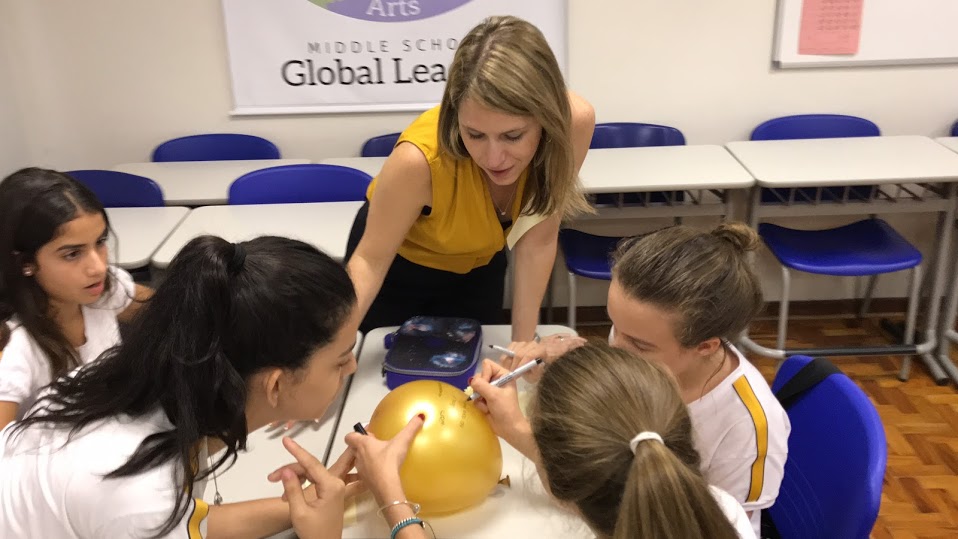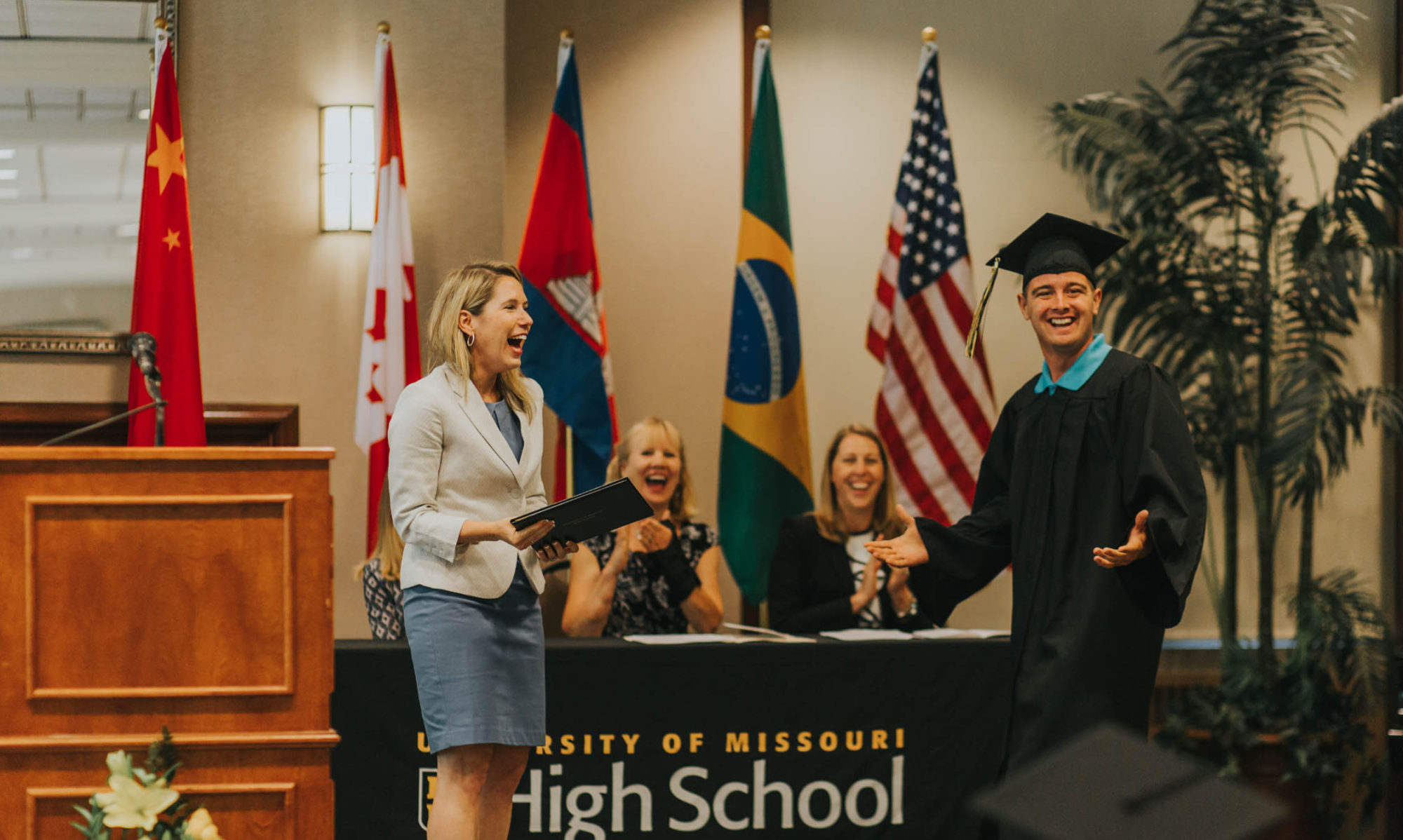Thinking differently about interpreting “big” datasets in schools

Like city traffic at 6:00PM, the flickering lights that line Paulista Avenue seem to extend indefinitely. I am standing on a rooftop overlooking a slice of the São Paulo skyline just as it begins to rain. Despite the precipitation, groups of friends pose for selfies. I wrap my arms around two friends and do the same. We are all trying to measure ourselves against this city that has unfolded before us. It is impossible though, it’s simply too big. Thinking through the nuanced differences between big and small, what counts, and what we measure, is a theme that stays with me all week while we visit our students across São Paulo.
whether you are working with one student or one thousand…
As a global school district, what we are venturing is huge: programmatically, ideologically, and logistically. We are building new models based on big ideas in international and blended education.
We need large data sets, but we need to interpret them through context. To make sense of achievement trends, we need both quantitate measures and qualitative measures. We don’t want to count all the buildings only to realize we have missed the lights.
Like taking photos of the São Paulo skyline, my focus flickers between the vastness of our program and small, simple moments with students and teachers. Each day, we take copious programmatic notes, yet in the evenings when we reflect on our day, I find we start by remembering small moments, brief interactions, individual student (and teacher) breakthroughs.
- A teacher is reading over the shoulder of one of her eighth-grade students. From across the room, I hear her exclaim “Great work, Dear!” I turn around as they share a hug. Then I read the student’s reflection on acceptance and inclusion. The teacher is right, it is great work.
- An administrator shows me photos of students writing nature poems by the lake. You can almost feel the tranquility as you scroll through the photos.
- I am sitting in the hall with a group of middle school students, helping them record a video on the water cycle. One of the group members is very nervous. His peers, tell him, “You can do it! Let’s practice first.” We go through his lines a couple times together. When we push record he nails it. “Ótimo!”I tell him and he beams.
- A small group of students literally put their heads together during a writing task. You can see them drawing on their collective wisdom as they respond to our questions on hope.
Whether you are working with one student or one thousand: students, teachers, language, reflection, purpose, and compassion, are elements that matter in education.
the greatest predictor of student success
Like the more complicated infrastructure of larger cities, the bigger the program, the more moving parts. Educational programs include curriculum, grades, assessments, logistics, differentiated lesson plans, etc. However, during our school visits, I was reminded that the greatest predictor of student success isn’t any of these things. What matters most is relationships.
During our school visits, we met with administrators, parents, teachers, and students. All of these people have the potential to build students up and support learning. We saw countless ways a caring teacher (or friend) could transform a student’s (or peer’s) frustration into engagement. Regardless of the size of the program, the heart of great teaching still lies in that critical relationship between student and teacher.
I’ve written before about teaching with courage. The root of the word comes from Latin, meaning, heart strength. A related word I saw practiced during our school visits was encouragement, meaning to make strong or give hope. In our schools, we saw students and teachers living this out in countless small, important ways. I saw how quickly students reached out to help each other academically and personally. At one point, a colleague told me, “we just have really, really, kind students.” Just then a group of seventh graders came barreling down the hall to give us a hug.
We also saw the importance of teacher relationships. At several schools, we saw an organic commitment to Professional Learning Communities (PLCs). In a PLC, small groups of teachers work together around student achievement. They engage in common planning, collective support, and strengths pooling. Teachers meet usually weekly to plan, share, and problem-solve around teaching and learning. They take a look at all the work that goes into teaching and try to divide it among themselves, to work smarter. The schools who had developed this practice, and particularly the schools who had clearly defined roles/identified strengths within their PLCs, are thriving. They felt like they had discovered the secret to more effective and happier teaching because in a way, they had.
approximating a circle
This brings us back to my first evening in São Paulo and my initial quandary: what counts. Shaking the rain from my hair on that first night on the roof, I learn there are 12 million people living in São Paulo and 20 million if you count the larger metropolitan area. Much like 7,000+ students in our school district, I wonder how to track and make meaning of numbers like that. The erratic flash of cell phone photos lights up the night silhouetting groups of friends against the cityscape. I am struck by the juxtaposition of these micro-moments next to the magnitude of a huge city.
There are so many points and intersecting straight lines glittering on the map below me. I remember a math lesson from years ago, and wonder, if we connected all those different points, might we approximate a circle. We make sense of big ideas (or big spaces) by breaking them down into smaller pieces, tethering existing knowledge to new knowledge, finding ways to connect one point to another. Each dots the way to bigger constellations of meaning. I look out at the city one last time. The rain blurs my focus–all the lights run together. Just then a friend calls me inside.
Warmly, Dr. KFW
